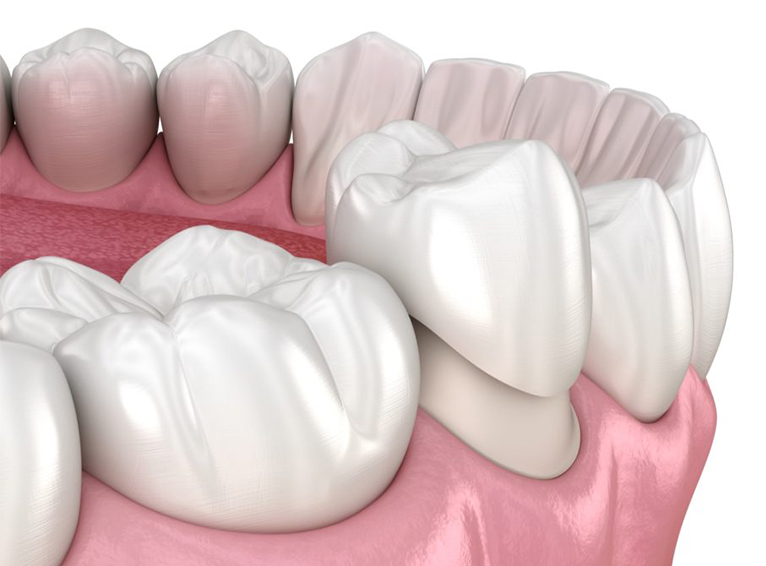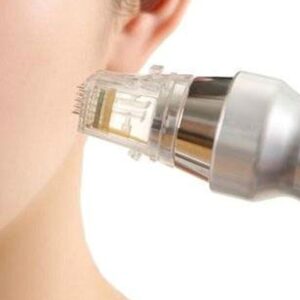Description
Familiarity with Treatment
Metal crowns are dental restorations made from various metal alloys, such as gold or base metal alloys like chromium or nickel. They are known for their durability and are often used for the restoration of teeth that are not visible, particularly for molars.
Procedure
The procedure for placing metal crowns typically involves the following steps:
- Tooth Preparation: The tooth is prepared by removing a portion of the outer structure to accommodate the crown.
- Impressions: Impressions of the prepared tooth are taken to create a custom-made crown that fits precisely.
- Crown Fabrication: The metal crown is fabricated to fit the prepared tooth and provide long-lasting restoration.
- Fitting and Bonding: Once the crown is ready, it is carefully fitted onto the prepared tooth and bonded in place using dental cement.
Who is it Suitable For?
Metal crowns are suitable for individuals who have strong chewing habits and are likely to clench and grind their teeth often. They are commonly used for the restoration of molars and are valued for their durability and longevity.
Who is it Not Suitable For?
Metal crowns may not be suitable for individuals who prioritize aesthetic appeal, as the metallic color of the crown may not be visually appealing, especially for visible teeth. Additionally, individuals with specific esthetic preferences may find metal crowns less desirable.
Advantages
- Durability: Metal crowns are extremely durable and resist chipping and breaking better than other types of crowns.
- Minimal Tooth Structure Removal: They require a minimal amount of tooth structure to be removed, and the wearing out of opposing teeth is also minimal.
- Biocompatibility: Metal crowns are well-tolerated by the body and have excellent strength.
Complications
- Aesthetic Limitations: The metallic color of metal crowns may not be visually appealing, especially for visible teeth.
- Potential Wear on Opposing Teeth: The hardness of the metal material may cause increased wear on natural teeth that come into contact with the crown.
Preoperative Care
Preoperative care for metal crowns involves discussions with the dentist about the procedure, expectations, and any necessary preparations. A thorough dental examination, including X-rays, may be performed to assess the tooth’s condition and the suitability for metal crowns.
Postoperative Care
Following the placement of a metal crown, individuals should adhere to good oral hygiene practices, including regular brushing, flossing, and dental check-ups. It is important to maintain proper oral hygiene around the crown to prevent complications and ensure its longevity.
Metal crowns offer exceptional durability and are suitable for individuals with strong chewing habits.






Reviews
There are no reviews yet.